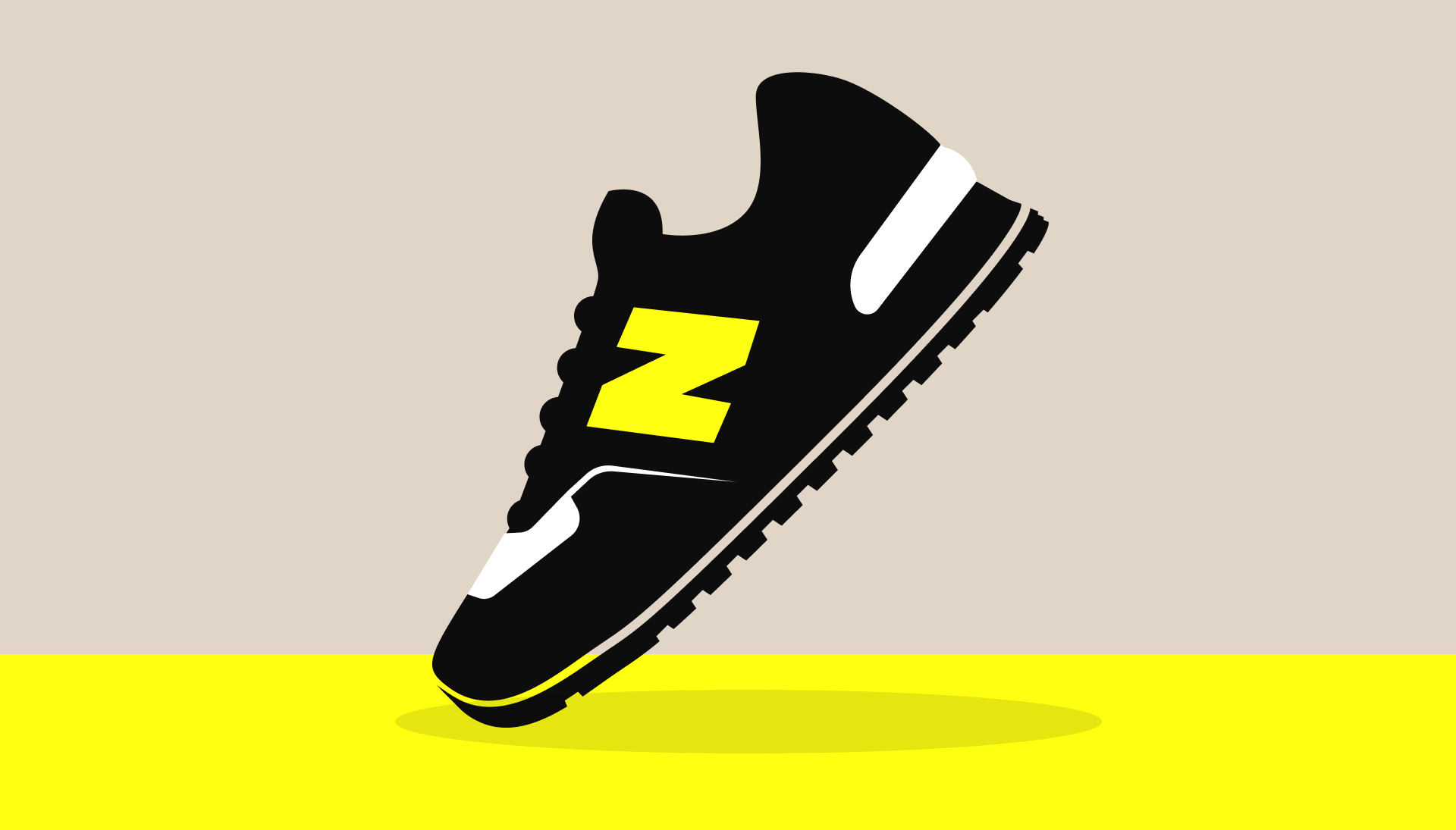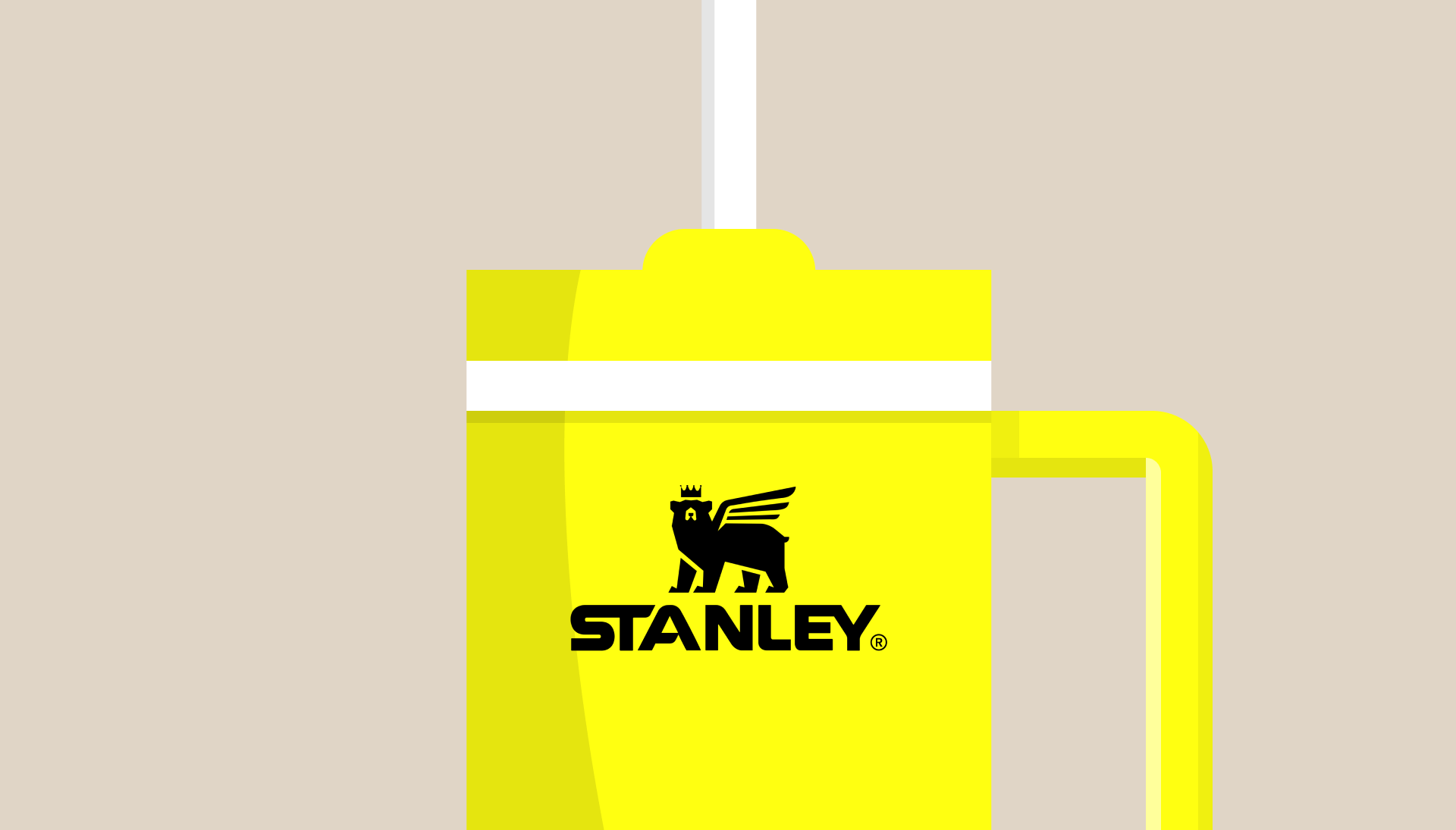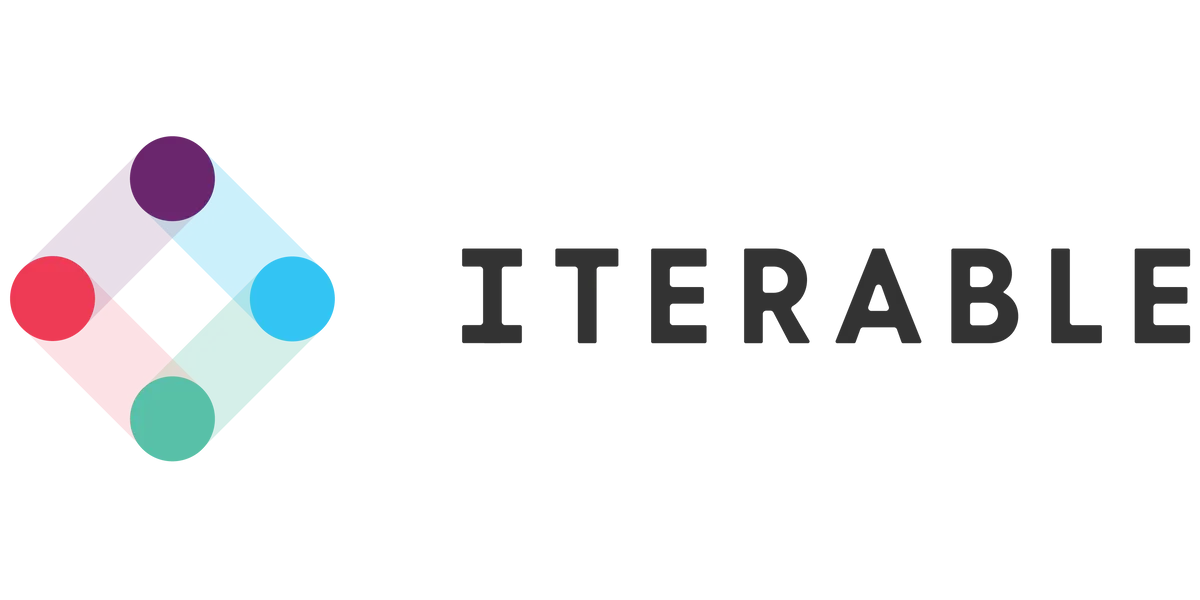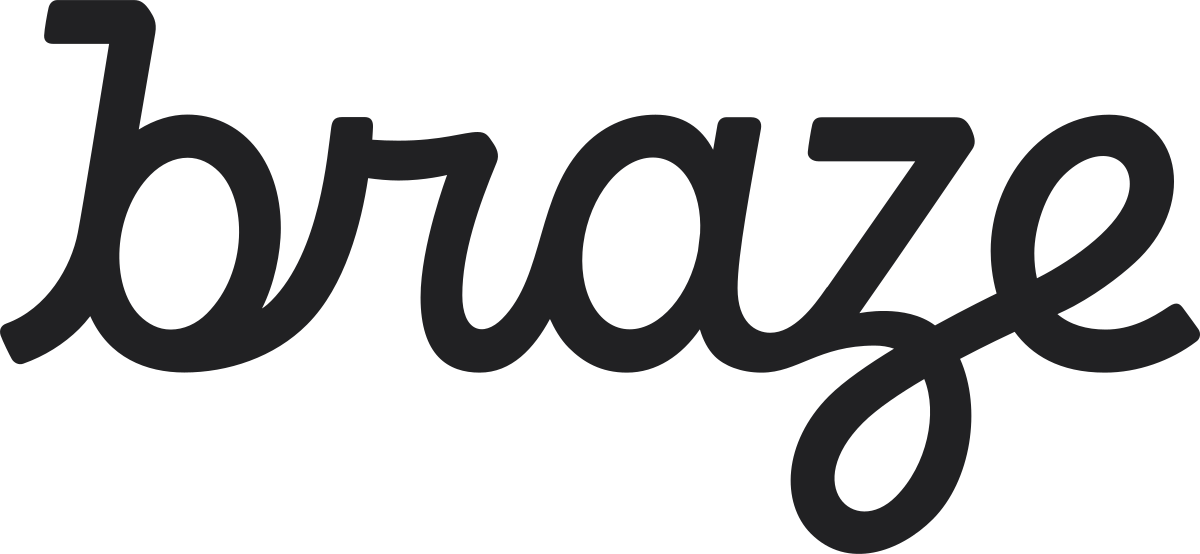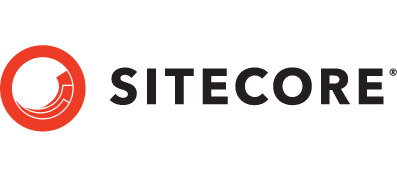The number one goal of any business, regardless of size, is always to ‘Build Brand Awareness’. For marketers around the world this is their most important goal, but also the most poorly measured goal.
Currently, many marketers use surrogate metrics like search, social trend data, site traffic stats and net promoter scores to try and measure brand awareness. But arguably they all have their weaknesses. Aside from being a considerable expense, they take a degree of foresight and organisation to execute.
All brands understand the importance of brand measurement but larger brands have professional resources in place to accurately monitor it, especially during periods of campaign activity.
Most brands don’t have the luxury of consistent and comprehensive benchmarking. This makes it challenging for many marketers to measure the effectiveness of their advertising and marketing activity.
But there’s good news. There’s a smarter way for brands, especially smaller brands, to accurately measure campaign effectiveness. This involves targeting (bidding against) your own company name in your paid Google search. If this isn’t something you already do, then maybe read this article before reading on.
If you’re already bidding against your company name, you’ll already have the data, you just need to know how to get it out of your adwords account.
The place where the information is kept is the “keywords” tab. Once you’re there you’ll need to create a filter so you can choose to only show information for your brand keyword.
Here’s a screenshot of what you need to do:

Once you’ve applied the filter you’ll get a line showing how many people have actively looked for your brand on any given day.
Then all you need to do is select a date range that shows the months before your campaign kicked off, the time your campaign was live, and a few months after it wound down.
Here’s a shot for one of our campaigns:
![]()
- The flat line at the start is the two months before the campaign, which we can use as a baseline.
- The upwards swing in the middle is the increased brand awareness driven by the campaign.
- The downwards swing towards the end of the line is persistent brand awareness after the campaign.
Looking at the line you can clearly see that the campaign drove an instant response, but the full effect didn’t kick in until four weeks into the campaign.
After the campaign finished, awareness levels dropped, but were still five times higher than the baseline before the campaign, and held steadily over the subsequent months.
Pretty easy to understand as a visual insight and compared to net promoter scores this approach reflect real human behaviour. No survey comes close.
And the best part, it costs you next to nothing.
There’s only one watch out. If your search budgets don’t allow you to put an and in front of at least half of the people looking for your brand, you should invest more money to increase your share and make your measurement more accurate.
For smaller brands, this clever approach of analysing data will provide you with insights normally reserved for brands with deeper pockets. And the best part is, for only a few hundred dollars you can start using the entire internet as your focus group.




